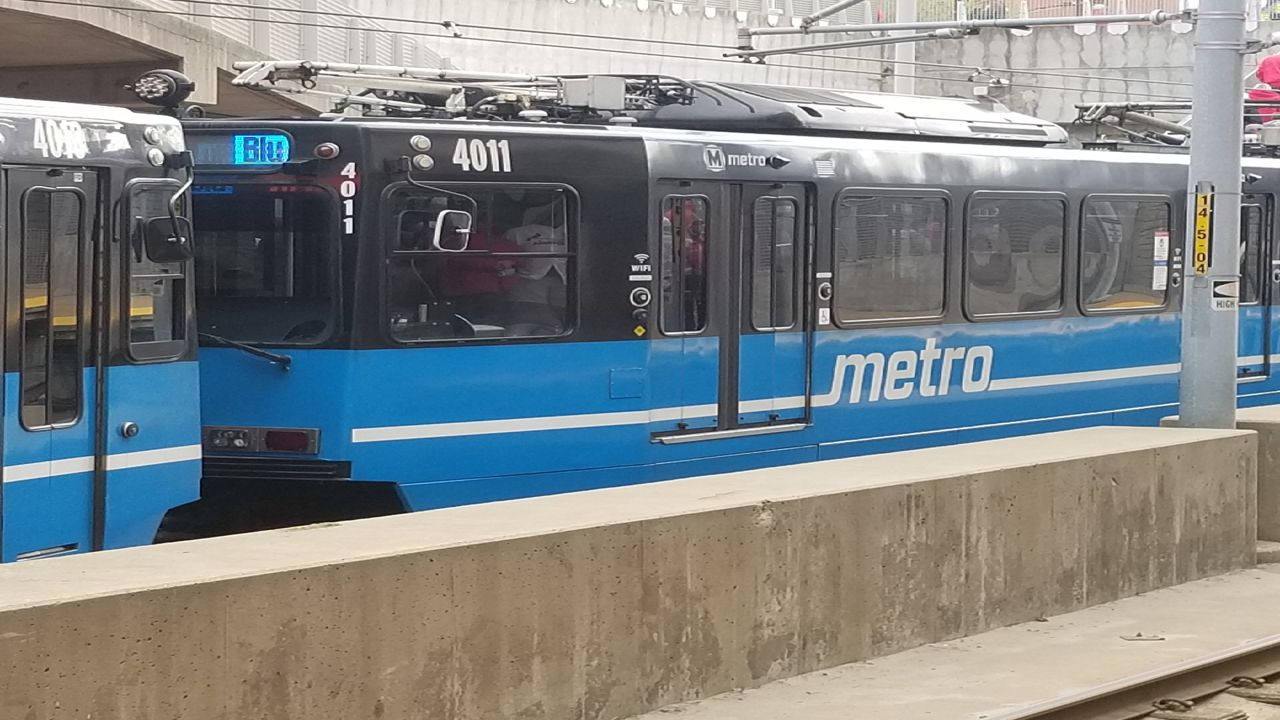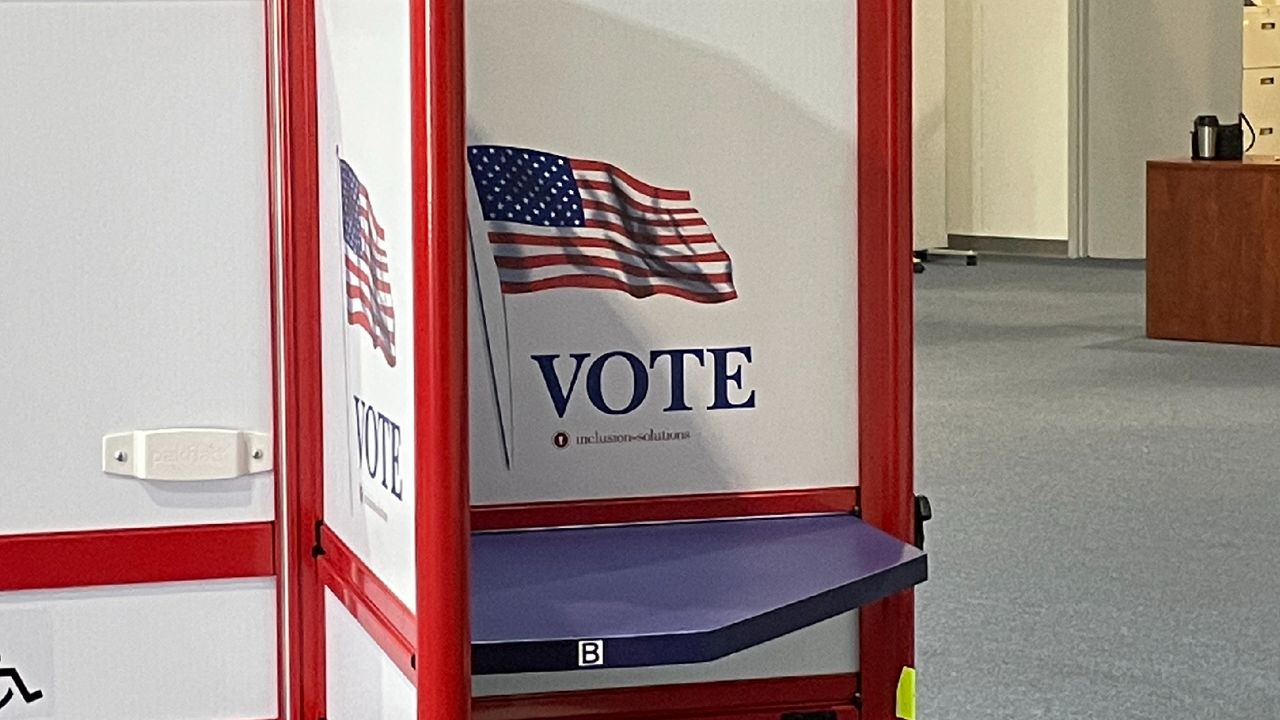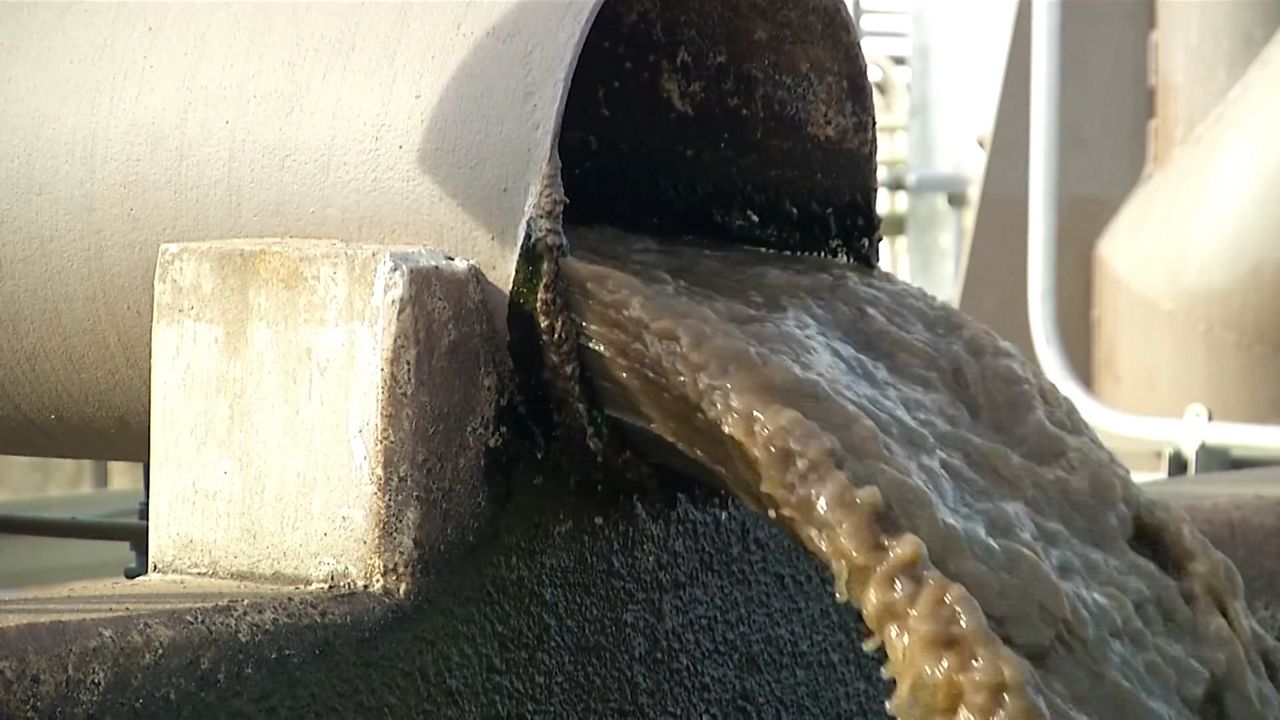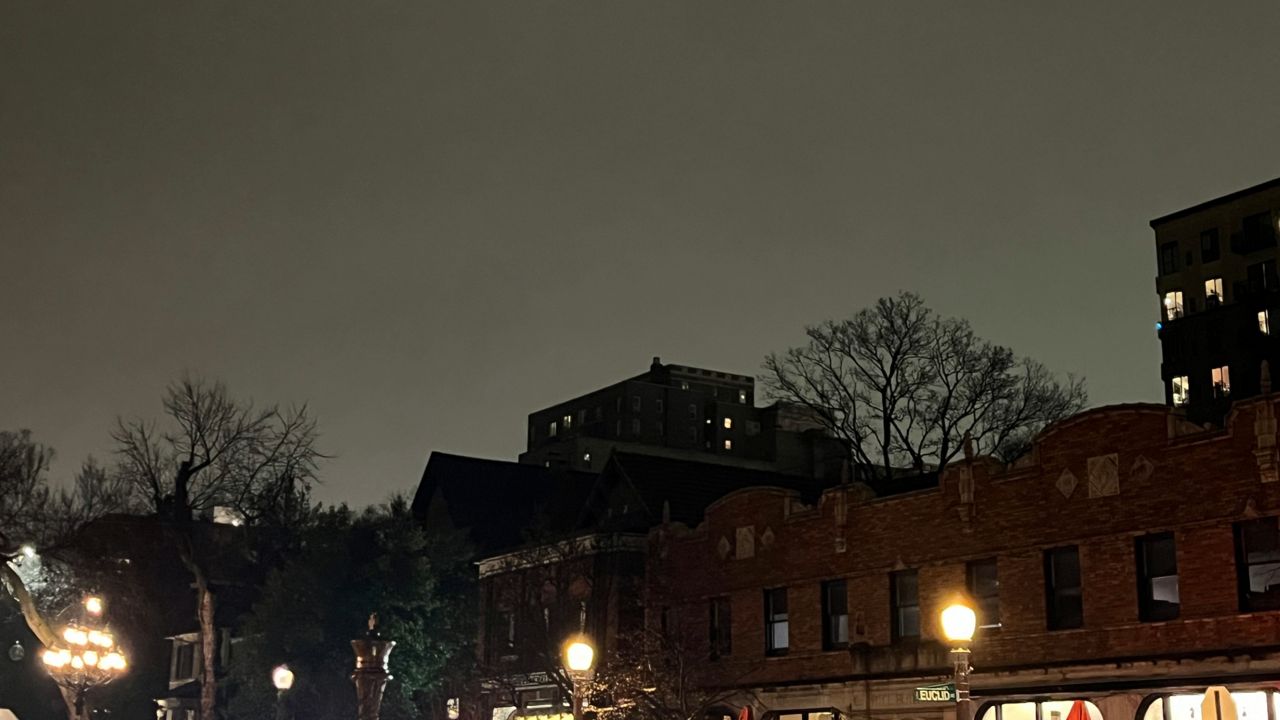ST. LOUIS–The President and CEO of Bi-State Development Corporation says the agency is poised to take several steps in the coming months to be made whole financially from losses suffered during last summer’s record flash flooding, and separately, to move forward on expansion plans.
All told, the agency sustained roughly $40 million in damage from flash flooding that began in late July, with the most significant losses coming between the Delmar Loop and Forest Park Metrolink stations. One MetroLink train valued at $10 million was expected to be a total loss, along with other damage to elevators, fiberoptic systems and track beds.
Roach told Spectrum News this week that insurance will cover roughly $18 million and in a few weeks, the Federal Transit Administration will open the application process to request the difference, some $21 million. Applicants have to document damage and also identify steps taken to mitigate against future events.
Roach was in Washington, D.C. this week for a meeting of the American Public Transit Association, but also met with representatives from the FTA as well as U.S. Sen. Dick Durbin and U.S. Sen. Tammy Duckworth.
“MetroLink fulfills an important service in keeping Illinois and Missouri connected,” said Durbin. “Senator Duckworth and I had an impactful conversation this afternoon with President of Bi-State Development Taulby Roach about the future of MetroLink and ensuring that the transit system remains safe and accessible for every rider.”
Durbin has also met with St. Louis Mayor Tishaura Jones recently to talk about MetroLink expansion.
Roach talked about MetroLink’s proposed North-South expansion focused on the Jefferson Avenue corridor with the FTA this week.
“We pre-vet some of the fundamental metrics associated with that alignment. And it gives us an opportunity for our colleagues at FTA to give us an early critique or read on what our plans are so that we can adjust those plans so that we have the best application possible,” he said.
Bi-State already has a request for proposals for engineering help that would help it officially launch an application for the expansion, either in the summer of 2023 or 2024. The design process alone would mean a two year wait before construction but lets parties involved build up the funds to pay for the project, which would be a 60-40 split with the federal government contributing the greater share.
Staffing Issues
While the longer-term plans play out, a more immediate concern continues to be staffing.
A new service schedule went into effect this month that Metro hopes improves reliability for riders, but it includes service reductions.
In addition, the agency is under fire for changes coming next month to its Call-A-Ride service, which provides transportation for the disabled.
“I would say we're just treading water,” Roach said. We're continuing to invest in all of our recruiting efforts, including still a $2,000 signing bonus. And we're using every single arrow in our quiver, but I would say that we we're just trying to hold our own right now.”
Roach was encouraged by reports that riders were taking advantage of service to get to CityPark for St. Louis SC soccer and The Dome at America’s Center for Battlehawk football games.
“There are some neat things going and we're a part of those and we're doing our best to hire employees and be up and deliver quality public service, but it is a challenge.”








